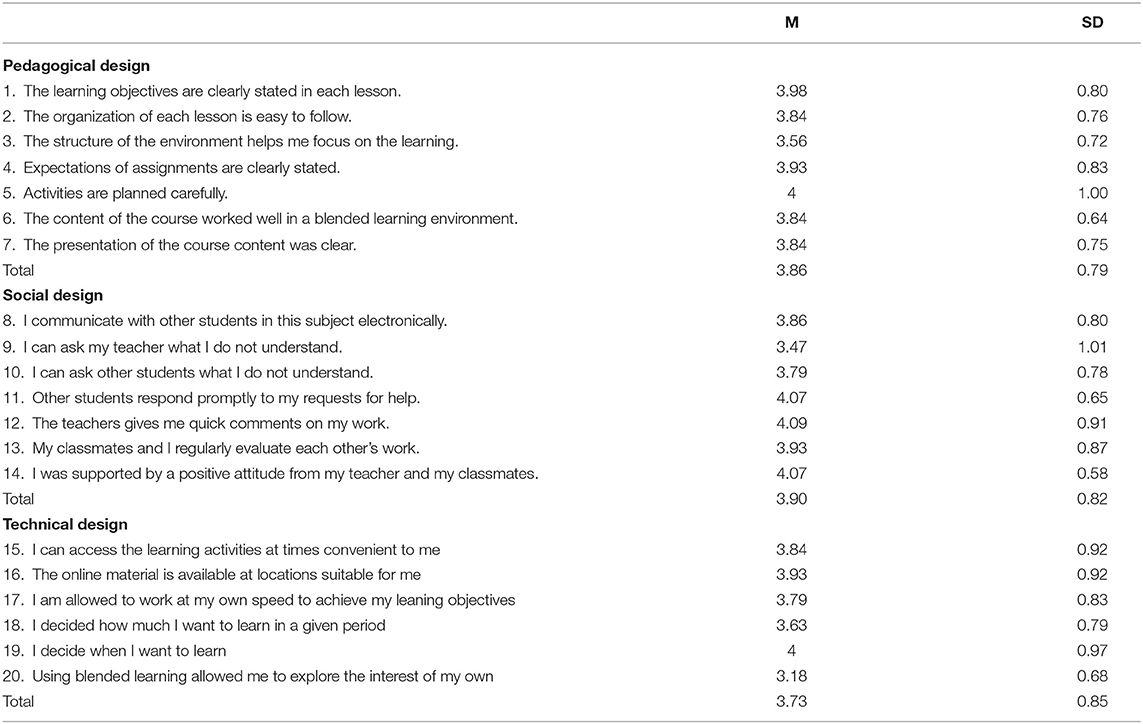

The article received a great deal of attention and was very widely cited.
Students perception survey.nyc windows#
Window-breaking does not necessarily occur on a large scale because some areas are inhabited by determined window-breakers whereas others are populated by window-lovers rather, one un-repaired broken window is a signal that no one cares, and so breaking more windows costs nothing. This is as true in nice neighborhoods as in rundown ones. Social psychologists and police officers tend to agree that if a window in a building is broken and is left unrepaired, all the rest of the windows will soon be broken. Kelling first introduced the broken windows theory in an article titled "Broken Windows", in the March 1982 issue of The Atlantic Monthly. In response, Bratton and Kelling have written that broken windows policing should not be treated as " zero tolerance" or "zealotry", but as a method that requires "careful training, guidelines, and supervision" and a positive relationship with communities, thus linking it to community policing. Broken windows policing has been enforced with controversial police practices, such as the high use of stop-and-frisk in New York City in the decade up to 2013. The theory became subject to debate both within the social sciences and the public sphere. It was popularized in the 1990s by New York City police commissioner William Bratton and mayor Rudy Giuliani, whose policing policies were influenced by the theory. The theory was introduced in a 1982 article by social scientists James Q. The theory suggests that policing methods that target minor crimes such as vandalism, loitering, public drinking, jaywalking, and fare evasion help to create an atmosphere of order and lawfulness. In criminology, the broken windows theory states that visible signs of crime, anti-social behavior and civil disorder create an urban environment that encourages further crime and disorder, including serious crimes.


 0 kommentar(er)
0 kommentar(er)
